In the past two years, filter coffee has taken off in a big way in Australia, with specialty cafes, pop-up filter bars and several coffee brewing competitions bringing what was once considered the least elegant way to brew and consume coffee into an arena of its own. Filter coffee is easily prepared using a wide variety of methods and equipment, all of which differ in the amount of control required to produce it to a high standard.
The coffee syphon is one of the most popular brewing devices available, which is no surprise given its theatrical nature. It’s also not a new device. The coffee syphon has existed in one form or another as far back as 1700s, a time in which international trade was set on a path of tremendous growth.
In the 1700s, several ideas about coffee and its preparation began to gain prominence, most notably the idea that coffee brewing is a temperature-sensitive process. While not based on direct science, observations on the effect of flavour resulting from the practice of steeping roasted coffee as opposed to boiling it in water, as well as the practice of separating brewed liquid from coffee grounds for consumption, became the foundations for the creation of a new wave of brewing devices.
Throughout the 1800s, thousands of coffee brewers were invented and in use. Among the most simple were all manner of mechanisms to infuse water with coffee, remove coffee grounds from the brew and keep brewed liquid warm post-brew. As the inventions rolled in, so did acceptance of the idea of brewing coffee without bringing it to boiling temperature. With this acceptance in place, the foundations had been laid for the invention of equipment which possessed automated mechanics, which both filtered grounds and allowed the user to brew without boiling the liquid.
Around 1850, there were several patents in place for coffee syphons which are similar in construction to the popular designs we see today. They were all almost fully made from glass, with a bottom bulb and a top chamber. The initial designs were notoriously hard to use; poorly blown glass and improper usage often led to cracking and, sometimes, exploding bottom bulbs. As a result, the fully glass, two-chamber design fell out of prominence in favour of other styles.
Fast forward to the early 1930s, and several styles of syphon coffee brewers were once again in use across Europe, America and beyond. As the 1950s rolled in, the popularity of automated percolated brewers once again sent the coffee Syphon into the background in America.
As coffee quality has improved in the past ten years, so has the renewed focus on brewing using syphons. In Australia, the syphon coffee maker seems to be categorised side-by-side with most other preparation methods for filter coffee, but doesn’t share the same reputation for simplicity that makes other brewing equipment so appealing. What the coffee syphon lacks in ease of use and practicality, it makes up for in exceptional brew results (when brewed well!) and enough theatre to keep the coffee brewing public interested for another few hundred years.
Syphon recipe
- 250mls Water (pre-heated)
- 16 grams coffee — ground fresh and as fine as classic pour over grind
- Rinse filter well
- Heat bottom chamber. When the top chamber is full, turn down the heating mechanism until the water becomes less turbulent and the temperature stabilises
- Heat top chamber water to 94 degrees or stir water to reduce temp
- When at 94 degrees, start timer and tip ground coffee into top chamber
- Integrate the coffee bloom fully – continue to integrate as a crust forms for the next 45 seconds for an even extraction
- At 45 seconds, remove flame and immediately (and gently) stir the Syphon 3 — 5 times
- Total brewing time should be 90 seconds
- Decant, cool and enjoy!



